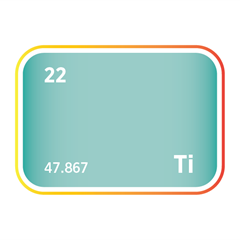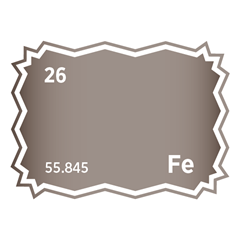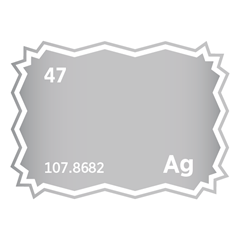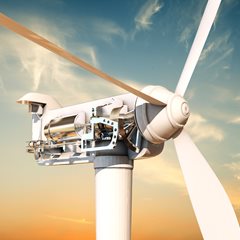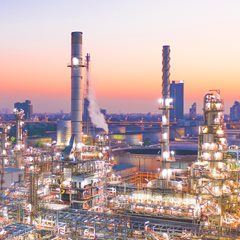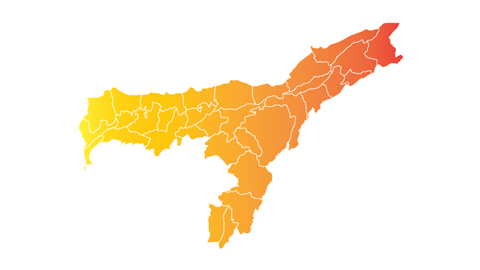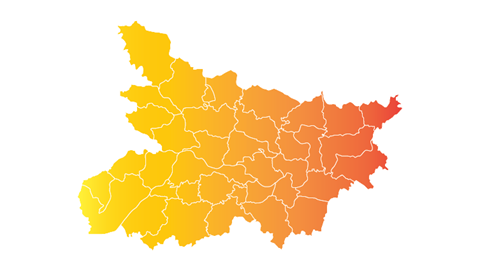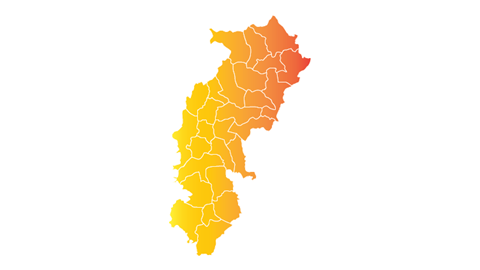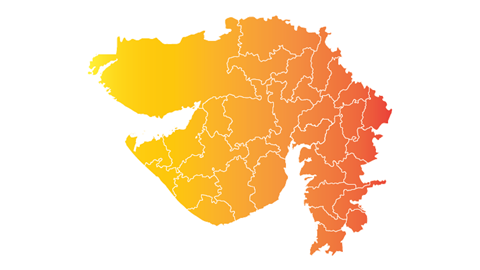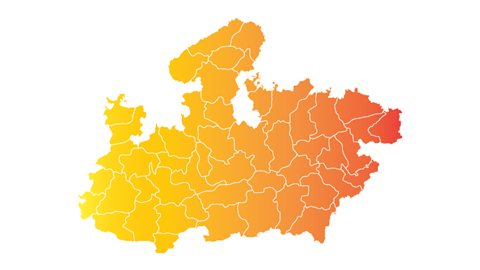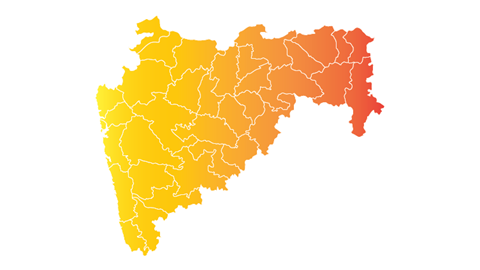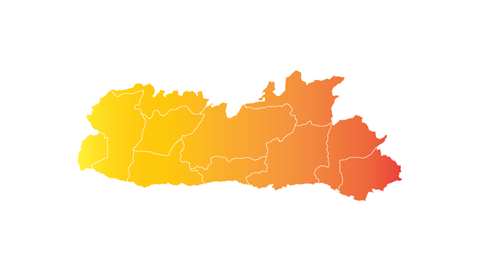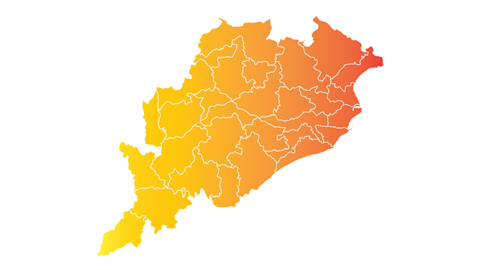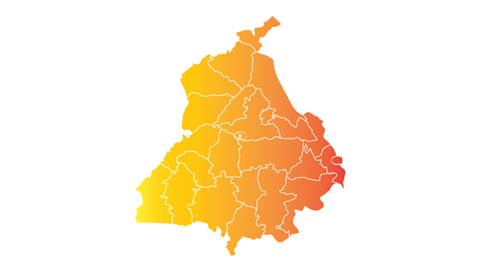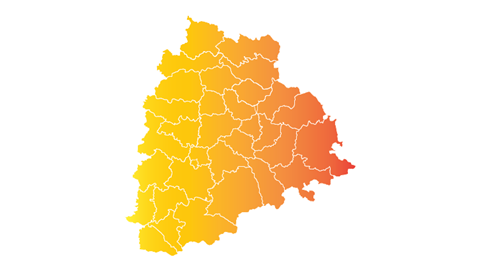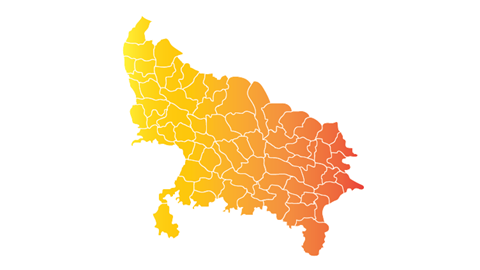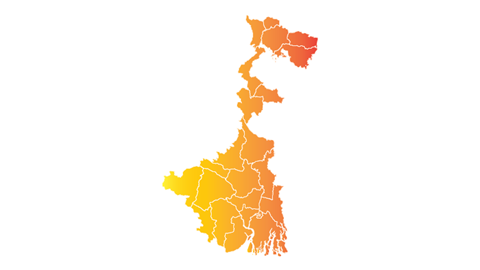Kerala State
Critical minerals, policy, and the energy transition
The Energy Transition in Kerala, India
Kerala, nestled between the Western Ghats and the Arabian Sea, is crafting a clean-power model tailored to its dense population, limited land, and high energy demand. As of March 2025, in-state renewable energy capacity stood at 3.3 GW, comprising 2.1 GW of large hydro across 41 stations, 1.48 GW of solar, and around 120 MW of wind and biomass. Including its allocated share from central plants, Kerala’s total available capacity rises to approximately 5.9 GW. Hydro still provides close to 60% of annual demand, but the state’s Solar Mission targets an additional 2 GW of solar by 2030. Rooftop and car-park canopy systems already exceed 650 MW, while canal-bank PV projects in Palakkad and Thrissur will add another 200 MW. Floating solar is scaling fastest: a 101.6 MWp plant at Kayamkulam began operations in 2024, and Kerala State Electricity Board plans another 250 MW across the Idukki and Idamalayar reservoirs. To manage evening peaks, a 1 GWh pumped-storage upgrade at Idukki and a 300 MWh battery hub near Thrissur are slated for 2027. BPCL’s Kochi refinery is also commissioning a 20 MW electrolyser to begin green hydrogen blending in transport fuels. Alongside clean energy, Kerala’s 600 km coastline hosts some of the world’s richest heavy mineral sands. Deposits at Chavara and Manavalakurichi yield ilmenite, rutile, zircon and monazite, critical for titanium alloys, solar PV cells, EV motors and rare-earth magnets. By pairing reservoir and rooftop solar with pumped storage, battery systems and coastal mineral wealth, Kerala is emerging as a compact yet strategic low-carbon power and materials hub for India’s south-west.
Energy Raw Materials and products produced in Kerala
Essential Mineral Production and Products in Kerala
A state-by-state analysis of India’s critical minerals and energy transition policies
SFA explores the state-level frontlines of India’s strategy to secure its position in the global energy transition. As demand surges for critical minerals used in electric vehicles, grid storage, solar, and hydrogen technologies, India is intensifying efforts to diversify supply, localise processing, and reduce strategic dependencies. This analysis examines how mineral endowments, state-level industrial policy, and renewable energy deployment intersect across the Indian landscape. From lithium-bearing pegmatites in Karnataka and Jammu & Kashmir to rare-earth-rich coastal sands in Tamil Nadu and Odisha, this state-by-state review highlights the opportunities and constraints shaping India’s clean-energy future and its role in global mineral security.


Meet the Critical Minerals team
Trusted advice from a dedicated team of experts.

Henk de Hoop
Chief Executive Officer

Beresford Clarke
Managing Director: Technical & Research

Jamie Underwood
Principal Consultant

Dr Jenny Watts
Critical Minerals Technologies Expert

Ismet Soyocak
ESG & Critical Minerals Lead

Thomas Shann Mills
Senior Machine Learning Engineer

Rj Coetzee
Senior Market Analyst: Battery Materials and Technologies

Franklin Avery
Commodity Analyst

How can we help you?
SFA (Oxford) provides bespoke, independent intelligence on the strategic metal markets, specifically tailored to your needs. To find out more about what we can offer you, please contact us.

